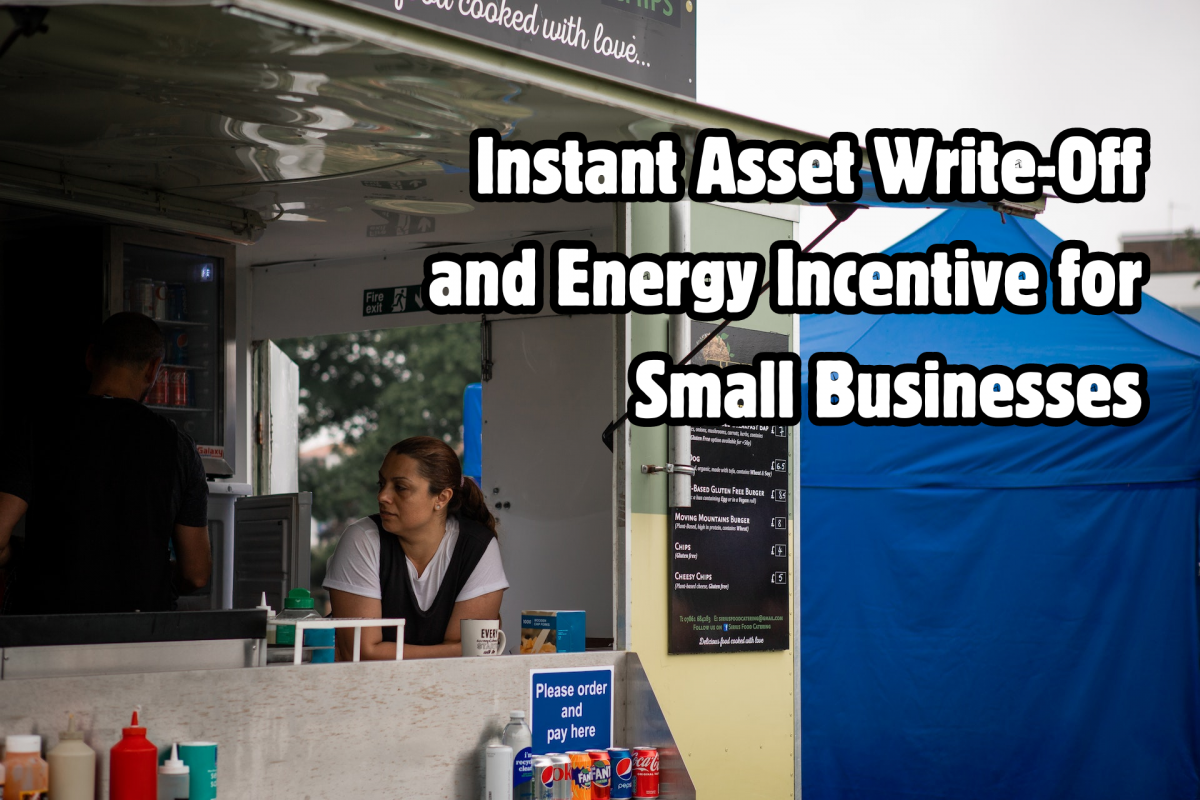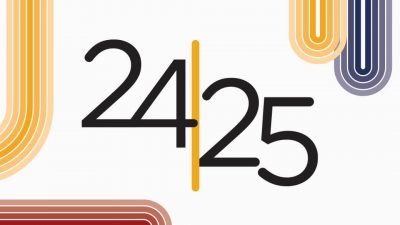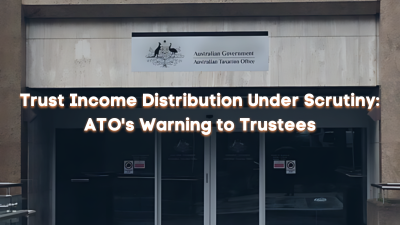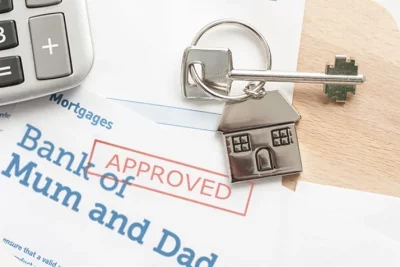The Australian Securities and Investments Commission (ASIC) recently reported a significant 39% uptick in corporate insolvencies compared to the previous financial year. Industries like construction, accommodation, and food services have been hit the hardest by this surge.
Restructuring Trends and Survival Rates
In the financial year 2023-24, there was an over 200% rise in restructuring efforts. Small businesses with liabilities under $1 million have the option to engage in restructuring processes. This allows them to keep control of their operations while formulating a recovery plan with the help of a restructuring expert. The goal is to establish an agreement with creditors.
Out of the 573 companies that began restructuring after January 1, 2021, and finished their restructuring plan by June 30, 2024, 89.4% were still registered as of June 30, 2024, while 5.4% had entered liquidation, and 5.2% were deregistered.
Michelle Bull from the Reserve Bank of Australia recently commented on the growing pressures within the business sector. She noted that the outlook is not as positive as it once was, and productivity is also lagging. This situation highlights the importance for managers to maintain a clear understanding of their financial health. Identifying and addressing issues early can prevent them from escalating.
Key Factors Behind Business Failures
A company is considered insolvent when it cannot meet its debt obligations on time. The top three reasons for business failure include:
- Ineffective strategic management
- Poor cash flow or excessive spending
- Operating losses
Recognizing Warning Signs
It’s easy for businesses to miss early warning signs, leading to an over-reliance on hope that conditions will improve. Common signs of trouble include:
- Underperformance: When results fall significantly short of budget projections.
- Rising Fixed Costs: Increasing fixed costs without a corresponding revenue increase can harm profitability. Fixed costs remain the same regardless of business activity, so any rise can be detrimental if not matched by growth in revenue.
- Declining Gross Profit Margins: A shrinking margin between sales and the cost of goods sold directly reduces net profit.
- Over-Reliance on Debt: Relying heavily on debt rather than equity financing can lead to financial instability.
- Falling Sales: A drop in sales can have a ripple effect, stifling growth and reducing profits.
- Delayed Payments to Creditors: Good sales alone aren’t enough if cash flow issues prevent timely payment to creditors.
- Overspending: Spending beyond the business’s cash flow, hoping future income will cover today’s expenses, is a risky strategy.
- Inadequate Financial Reporting: Operating without clear financial visibility is like flying blind.
- Overexpansion: Rapid growth can overwhelm a business if sales outpace the company’s capacity to sustain them.
- Significant Bad Debts or Unsellable Inventory: Customers who fail to pay and stock that doesn’t sell can drain resources.
Pitt Martin Group is a CPA accounting firm, providing services including taxation, accounting, business consulting, self-managed superannuation funds, auditing and mortgage & finance. We spend hundreds of hours each year on training and researching new tax laws to ensure our clients can maximize legitimate tax benefit. Our contact information are phone +61292213345 or email info@pittmartingroup.com.au. Pitt Martin Group is located in the convenient transportation hub of Sydney’s central business district. Our honours include the 2018 CPA NSW President’s Award for Excellence, the 2020 Australian Small Business Champion Award Finalist, the 2021 Australia’s well-known media ‘Accountants Daily’ the Accounting Firm of the Year Award Finalist and the 2022 Start-up Firm of the Year Award Finalist, and the 2023 Hong Kong-Australia Business Association Business Award Finalist.
Pitt Martin Group qualifications include over fifteen years of professional experience in accounting industry, membership certification of the Australian Society of Certified Practising Accountants (CPA), Australian Taxation Registered Agents, certified External Examiner of the Law Societies of New South Wales, Victoria, and Western Australia Law Trust Accounts, membership certification of the Finance Brokers Association of Australia Limited (FBAA), Registered Agents of the Australian Securities and Investments Commission (ASIC), certified Advisor of accounting software such as XERO, QUICKBOOKS, MYOB, etc.
This content is for reference only and does not constitute advice on any individual or group’s specific situation. Any individual or group should take action only after consulting with professionals. Due to the timeliness of tax laws, we have endeavoured to provide timely and accurate information at the time of publication, but cannot guarantee that the content stated will remain applicable in the future. Please indicate the source when forwarding this content.
By Yvonne Shao @ Pitt Martin Tax










